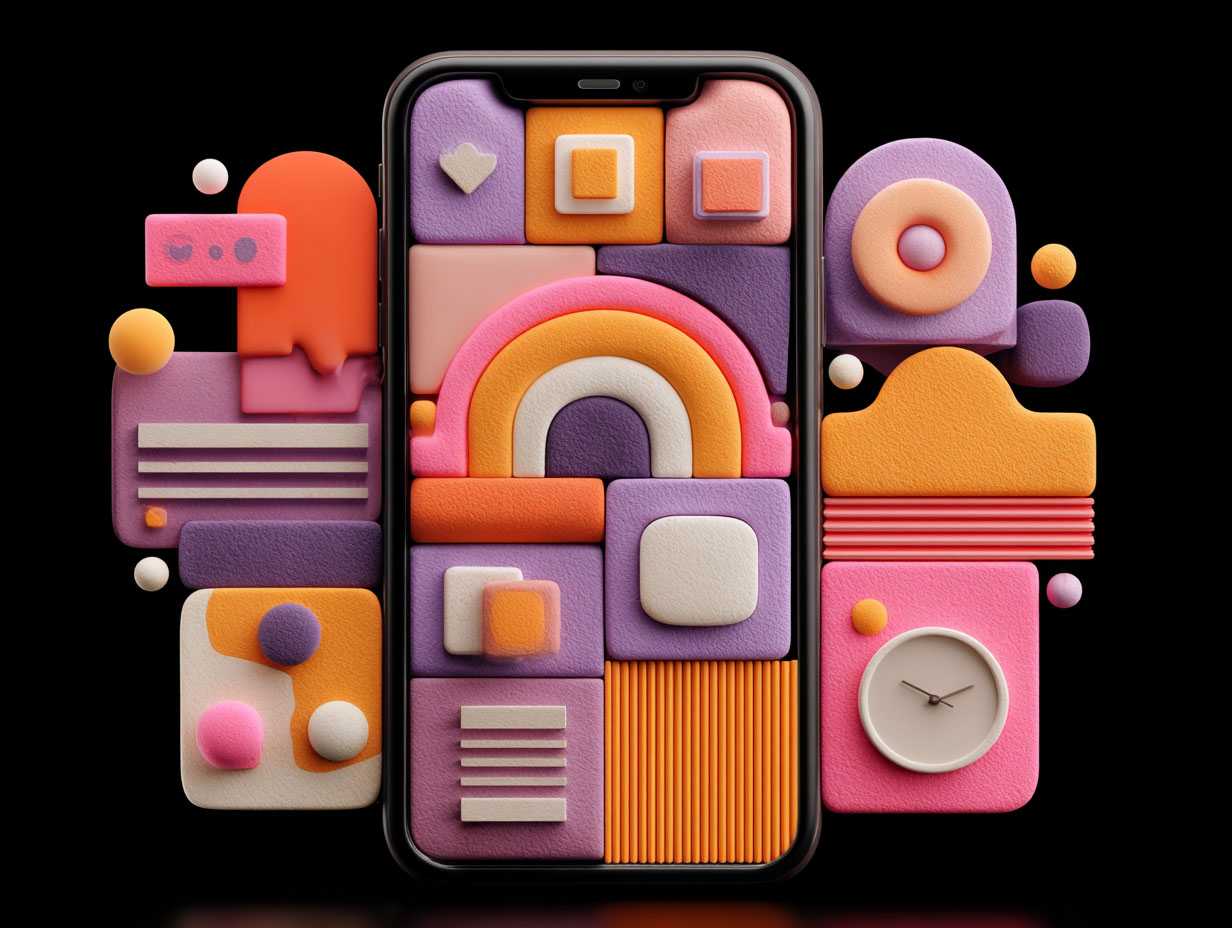The Future of Web Design – Trends to Watch in 2025 and Beyond

Introduction
Web design is one of the fastest-evolving aspects of digital marketing. Every year brings new technologies (pretty much every month), aesthetic preferences, and customer expectations. In 2025, web design isn’t just about making a site look good, it’s about creating functional, accessible, and intelligent experiences that help businesses grow.
For SMEs, keeping up with web design trends can feel overwhelming. But staying ahead of the curve doesn’t just help your site look modern; it improves conversions, user satisfaction, and SEO performance. In this guide, we’ll explore the biggest web design trends for 2025 and beyond, and how you can apply them to your SME website.
Trend 1 – AI-Powered Personalisation
Artificial intelligence (AI) is reshaping how users interact with websites. From personalised content recommendations to predictive search, AI enables SMEs to deliver tailored experiences to every visitor.
Examples include AI chatbots providing 24/7 support, personalised product suggestions, and dynamic website content that adapts to user behaviour. This doesn’t just enhance user experience, it increases conversions by meeting customer needs instantly.
Trend 2 – Voice Search Optimisation
With the rise of smart speakers and voice assistants, more users are searching by speaking than typing. By 2025, voice search is expected to account for over 50% of all online queries.
Websites must adapt by incorporating natural language keywords, FAQs, and conversational content. Optimising for voice also improves accessibility and opens up new opportunities for local search visibility.
Trend 3 – Dark Mode and Accessibility-First Design
Dark mode has become a staple feature across devices, and websites that support it provide a more comfortable viewing experience for many users. But accessibility goes far beyond dark mode, it’s about ensuring your website can be used by everyone, including those with disabilities.
In 2025, accessibility-first design is non-negotiable. Features like adjustable font sizes, high contrast, alt text for images, and keyboard-friendly navigation will be essential.
Trend 4 – Motion UI and Microinteractions
Motion and microinteractions help create an engaging user experience. Subtle animations, hover effects, and interactive scrolls can guide users through content and highlight calls-to-action without overwhelming them.
However, SMEs must balance creativity with performance, overusing animations can slow down load times, which harms SEO and conversions.
Trend 5 – Mobile-First and Progressive Web Apps (PWAs)
Mobile-first design has been a best practice for years, but in 2025, it’s the default. Google continues to prioritise mobile-first indexing, meaning your site’s mobile version is the primary version search engines evaluate.
Progressive Web Apps (PWAs) take this a step further, blending the best of websites and mobile apps. PWAs load quickly, work offline, and deliver app-like experiences without requiring downloads.
Trend 6 – Sustainability in Web Design
With growing awareness of environmental issues, businesses are under pressure to reduce digital carbon footprints. Sustainable web design involves optimising code, reducing unnecessary media, and ensuring efficient hosting to lower energy usage.
For SMEs, embracing sustainability in web design isn’t just about ethics, it’s a branding opportunity. Eco-conscious consumers increasingly favour businesses that demonstrate responsibility.
Case Study: Implementing Future-Ready Design
Web Wonderland recently worked with a regional retailer whose website was outdated and struggling to convert visitors. By implementing AI-driven personalisation, simplifying navigation for mobile-first users, and introducing accessibility upgrades, the business saw a 45% increase in online sales and significantly improved customer feedback.
Frequently Asked Questions
Q: Do I need to redesign my website every year to keep up with trends?
A: Not necessarily. Instead of a full redesign, update features and optimise UX regularly, with a refresh every 3–5 years.
Q: Are AI features affordable for SMEs?
A: Yes, many affordable AI tools exist, such as chatbots and content personalisation platforms, designed for SMEs.
Q: How do I check if my website is accessible?
A: Tools like WAVE, Axe, or Google Lighthouse can scan your site for accessibility compliance.
Conclusion
The future of web design is already here—and it’s about more than aesthetics. In 2025, SMEs need websites that are intelligent, accessible, mobile-first, and sustainable. By embracing trends like AI, voice search, and PWAs, businesses can future-proof their websites and deliver experiences that customers love. At Web Wonderland, we help SMEs stay ahead of the curve with modern, effective design strategies.
